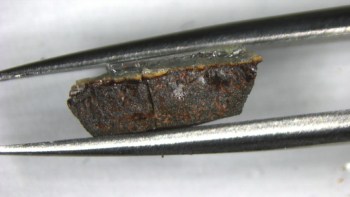Superconductors conduct electricity with zero resistance below a critical temperature (Tc), leading to all manner of exciting applications. One of the dream scenarios is to discover a material that superconducts at room temperature. So-called “high-temperature superconductors” do exist but their transition point is still significantly below 0 °C. One of the factors hindering this research field is that we still have a very limited understanding of how high-temperature superconductors function.
In this video, Mark Dean of the Brookhaven National Laboratory (BNL) in New York explains how this endeavour can be aided by the bright X-rays produced at synchrotron facilities. Presenting from the beamline at the National Synchrotron Light Source II (NSLS-II), Dean introduces his own research on oxygen- and copper-based superconductors. He is investigating a mysterious weak ordering of electrons that occurs in these materials when they superconduct.
This video is part of our 100 Second Science series, in which researchers give concise presentations covering the spectrum of physics.



